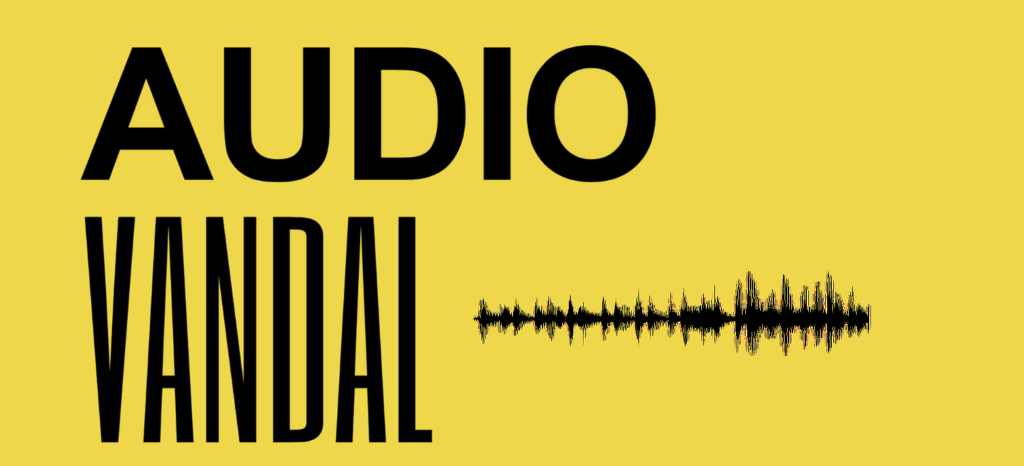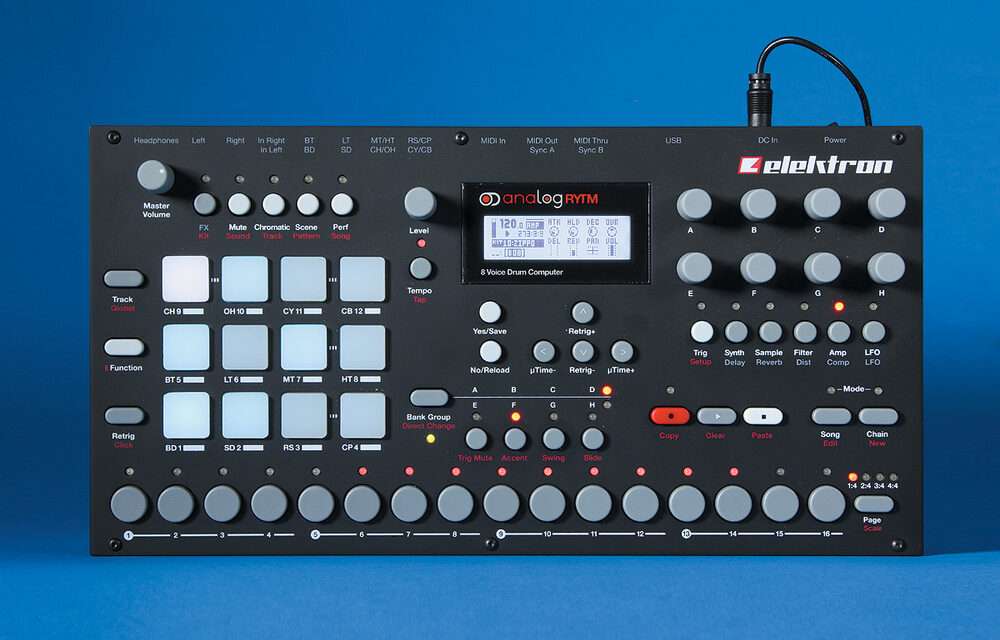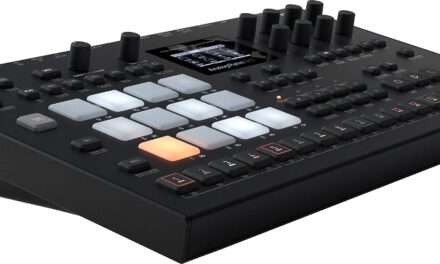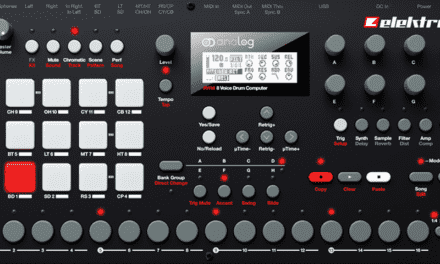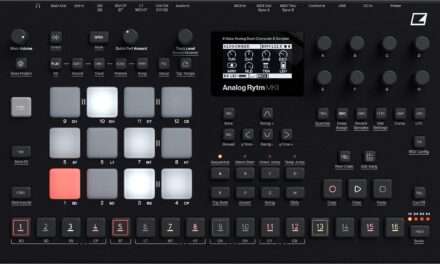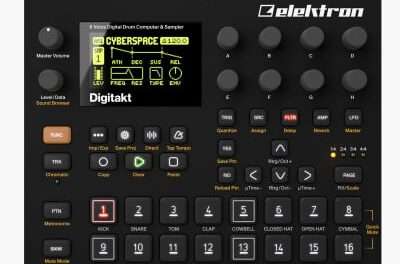The Elektron Analog Rytm is more than just a drum machine—it’s a testament to Elektron’s commitment to innovation and craftsmanship. Since its debut, the Analog Rytm has become a staple in the world of electronic music, beloved for its hybrid analog/digital design, deep sound-shaping capabilities, and performance-ready features. Let’s take a journey through the history of this iconic machine and explore how it has evolved over the years.
The Birth of the Analog Rytm (2014)
Elektron first introduced the Analog Rytm in 2014, and it was an instant game-changer. At a time when many drum machines were either fully analog or fully digital, the Rytm broke new ground by combining the best of both worlds. Each of its eight tracks featured a dedicated analog drum synth, capable of generating classic drum sounds like kicks, snares, and hi-hats with rich, organic textures. But what truly set the Rytm apart was its ability to layer these analog sounds with digital samples, giving producers unprecedented flexibility.
The original Analog Rytm also introduced Elektron’s signature workflow, with features like parameter locks, conditional triggers, and a robust step sequencer. These tools allowed users to create intricate, evolving patterns that felt alive and dynamic. The machine’s performance macros and Scenes function further cemented its reputation as a powerhouse for live performances.
The Analog Rytm MKII (2017)
In 2017, Elektron unveiled the Analog Rytm MKII, a refined and upgraded version of the original. While the core functionality remained the same, the MKII introduced several key improvements. The most noticeable change was the addition of a full-color screen, which made navigation and parameter editing even more intuitive. The pads were also upgraded to be more responsive and durable, enhancing the overall playing experience.
The MKII also featured increased sample memory, allowing users to load more sounds and expand their creative possibilities. Additionally, Elektron introduced Overbridge, a software suite that enabled seamless integration with DAWs. This made it easier than ever to multitrack recordings and control the Rytm directly from a computer, bridging the gap between hardware and software production.
The Analog Rytm’s Impact on Music Production
Over the years, the Analog Rytm has become a go-to tool for producers across genres, from techno and house to experimental and ambient. Its ability to blend analog warmth with digital precision has made it a favorite among artists like Richard Devine, Blawan, and many others. The machine’s performance features have also made it a staple in live electronic music, with performers praising its ability to create dynamic, evolving sets.
One of the Rytm’s most enduring legacies is its influence on the drum machine market. By proving that analog and digital technologies could coexist in a single device, Elektron paved the way for a new generation of hybrid instruments. Today, the Rytm remains a benchmark for what a modern drum machine can achieve.
The Analog Rytm Today
As of 2023, the Analog Rytm continues to hold its place as one of the most powerful and versatile drum machines on the market. Its combination of sound design depth, performance features, and seamless DAW integration ensures that it remains relevant in an ever-evolving music production landscape. Elektron’s commitment to firmware updates and community support has also kept the Rytm fresh and adaptable to new creative demands.
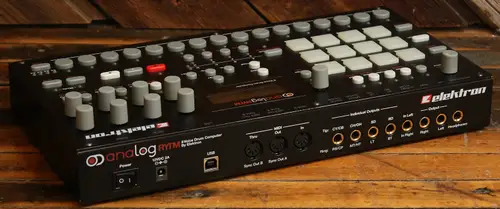
Looking to the Future
While Elektron has since released other groundbreaking instruments, like the Digitakt and Syntakt, the Analog Rytm remains a cornerstone of their lineup. Its unique blend of analog and digital synthesis, coupled with its performance-ready design, ensures that it will continue to inspire producers and performers for years to come.
Whether you’re a seasoned producer or a curious newcomer, the Elektron Analog Rytm is a piece of music history that deserves a place in your setup. It’s not just a drum machine—it’s a symbol of innovation, creativity, and the endless possibilities of electronic music.
Key Milestones in the Analog Rytm’s History:
- 2014: Original Analog Rytm released, introducing hybrid analog/digital synthesis.
- 2017: Analog Rytm MKII launched, featuring a color screen, improved pads, and Overbridge support.
- 2023: The Rytm remains a flagship product, beloved for its versatility and sound design capabilities.
The Elektron Analog Rytm is more than just a piece of gear—it’s a legacy. And its story is far from over.

